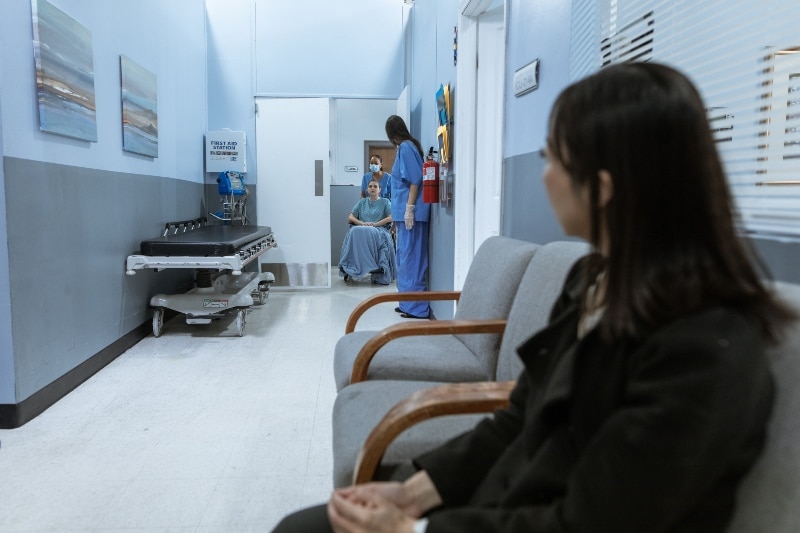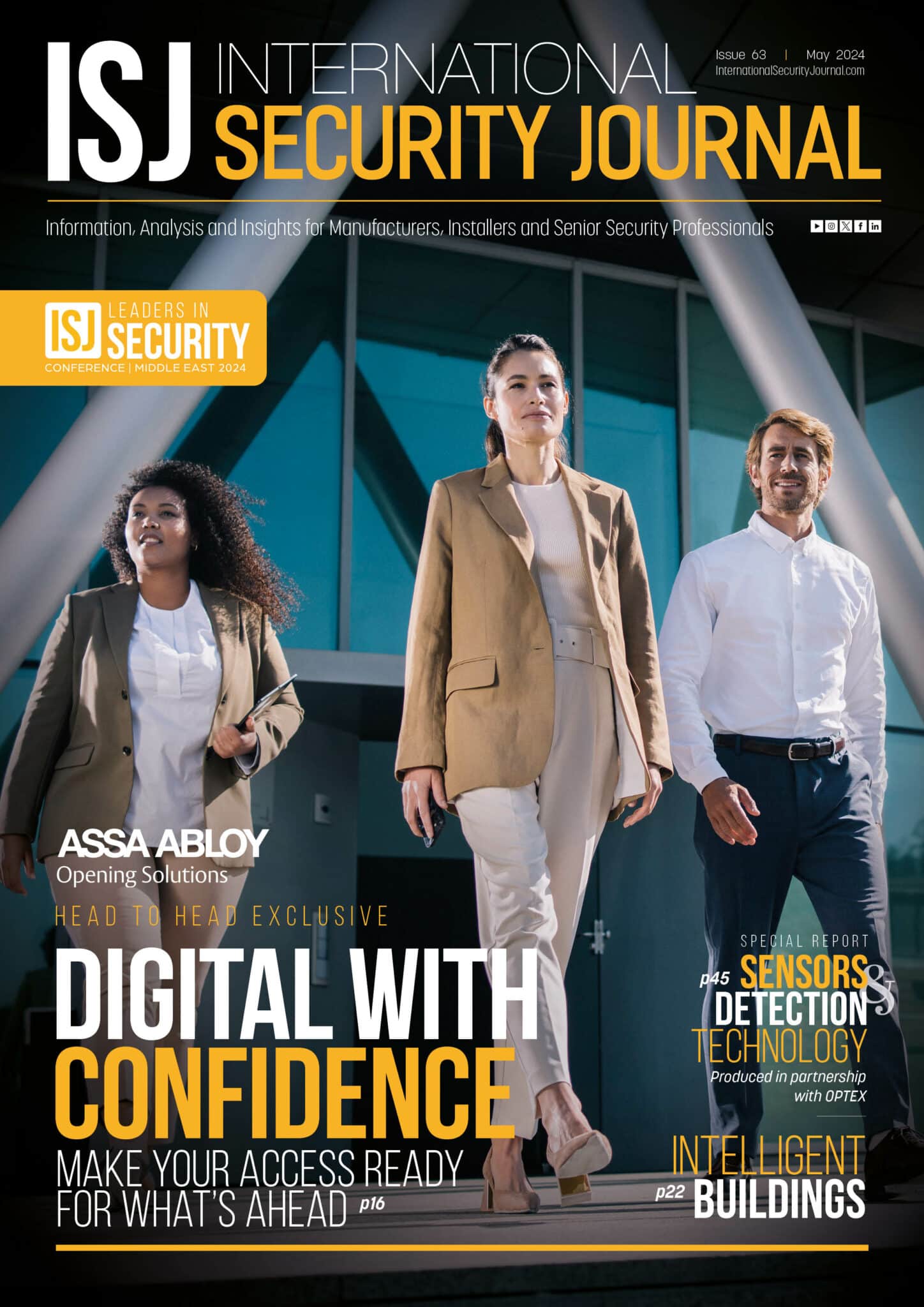How hospitals can boost the health of their security


James Thorpe
Share this content
Synectics’ Brett Longley looks at the ways in which integrated surveillance solutions can support hospitals in their mission to protect patients, staff and property.
Securing a complex setting can be simplified. Hospitals need to be accessible.
Many are open 24/7 and are often located in busy urban settings, meaning there is a constant flow of people coming and going.
They are also home to highly secure areas, sensitive data, valuable equipment and medicines, making them the unfortunate targets of criminal activity.
It’s a complex security dilemma that requires an equally complex mix of security, emergency and safety technologies to track and respond to threats.
Monitoring each of those systems independently is time consuming and potentially risky. When you only have a siloed view of any particular incident, there’s a danger that things ‘fall through the cracks’.
But, it doesn’t have to be this way. With open architecture surveillance management software, hospitals can integrate a wide range of disparate systems and devices.
As well as being able to view CCTV footage, this means surveillance operators can monitor and manage alerts, from fire, smoke and chemical sensors, ANPR alerts, access control systems, movement sensors, analytics solutions and any number of technologies critical to safety and hospital security – all from one platform.
Saving time and delivering a 360-degree view of incidents that would otherwise be impossible.
Monitoring movement made easy in a 24/7 environment
Whether it’s limiting access to medication stores and surgical areas to authorised personnel, or ensuring the security of ICUs and neonatal units, monitoring movement is of particular importance to hospital security.
Integrating camera feeds and access control systems into surveillance management software allows a control room team to create tailored rules and alerts that immediately flag when any suspicious activity occurs.
Examples might include tailgating, doors to restricted areas being left open, unauthorised use of ‘off duty’ access cards or forced access attempts.
A growing ‘patient safety’ application of this capability involves the use of surveillance systems, access control mechanisms and patient identification devices (such as mobile apps or RFID wristbands) to establish virtual zones that can detect patient movement.
This technology is valuable in safeguarding vulnerable patients who may be prone to getting lost or disoriented.
Rapid risk detection through analytics
In the UK specifically, sadly, theft and assaults are commonly reported crimes on NHS premises. In fact, between 2018-2021, over 72,000 assaults were committed on NHS staff.
So, being able to detect and respond to incidents quickly is vital.
Control room teams can immediately identify the details that matter by using video analytics such as loitering detection, ANPR or people counting solutions to generate real time alerts.
For instance, a person loitering too long near a secure area, a number plate on a police watchlist or a sudden crowd formation within a given area that could indicate an altercation.
Analytics also aid investigative efforts, for instance, saving crucial time when reviewing footage to find a person of interest, whether that’s the perpetrator of a crime or a lost child/patient.
Taking the right steps, involving the right people
Detecting danger is only part of the equation. Ensuring any given scenario can be dealt with efficiently, effectively and in line with specific protocols, is just as important.
This is why surveillance management platforms can be set up to trigger tailored workflows that reflect hospital SOPs (standard operating procedures), guiding operators on ‘best next action’ for handling situations.
But, what happens if the best action involves external support? A useful tool in this all-too-common scenario is cloud-based evidence sharing.
Incident footage can be stored securely in the cloud and then shared with third party agencies such as the police in real time. This empowers hospitals to respond rapidly as part of investigations, where time is of the essence.
Demonstrating procedural and data management compliance
I’ve already touched on the importance of adhering to security SOPs, but hospitals also need to comply with a much wider raft of regulations, report on incidents, handle litigation claims and respond to freedom of information requests.
Here, surveillance management software can help by ensuring all operator activity, footage and incident details are digitised and securely logged to create an undisputable record of events.
As well as mitigating any risk of paper-based logs going missing or being incomplete, a data repository of this nature means managers can easily and quickly generate information dashboards and reports in order to inform security decisions, respond to requests and demonstrate procedural compliance.
Additionally, hospital surveillance managers should look for software solutions that support tiered access i.e. the ability to tightly control what users with different levels of permissions can view and share. Restricting access to sensitive data supports compliance and helps protect against data loss.
Protecting patient data by securing against cyber-attacks
As demonstrated by the ransomware incident which hit the NHS hard back in 2022, healthcare settings are increasingly common targets for cyber-attacks.
In addition to ransomware cases, common incident types include unauthorised access and email compromise.
It’s therefore crucial that IP surveillance and security systems don’t present a ‘weak link in the cybersecurity chain’.
Secure surveillance management software can ensure that data is only sent between authenticated devices (cameras, sensors, servers and workstations) and that information is always encrypted.
It can also proactively display recommendations to improve cybersecurity, detecting potential problem areas, such as password management and workstation lockdowns.
Helpful today, ready for tomorrow
By simplifying vital security tasks yet also enhancing the ability of teams to detect danger, respond to threats and mitigate risks, the right surveillance management software and integrated solutions can already deliver huge benefits in terms of protecting patients, staff, visitors, buildings and data.
Best of all, however, these benefits can increase organically.
With an open platform, new technologies and solutions can be integrated as needed and/or as technology evolves.
This means hospitals adopting solutions today aren’t hamstrung by their investment. Instead, they have the foundation of a platform that can grow in a way that exactly matches evolving needs.

